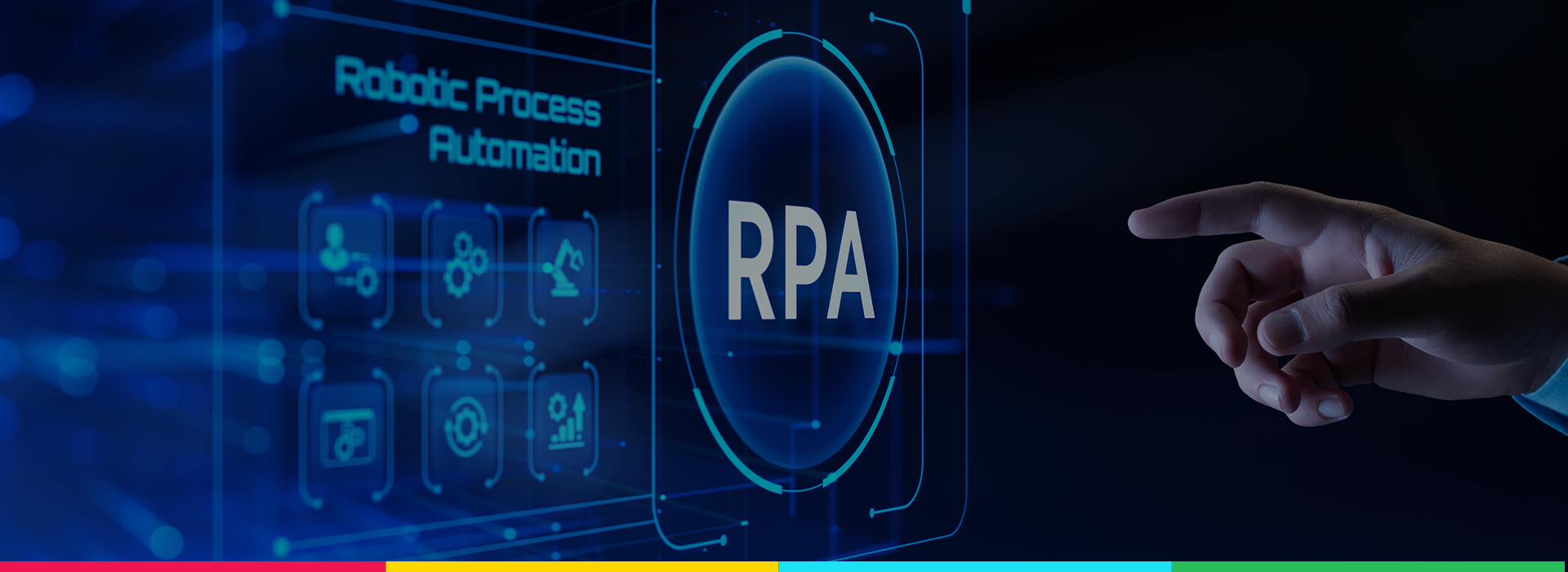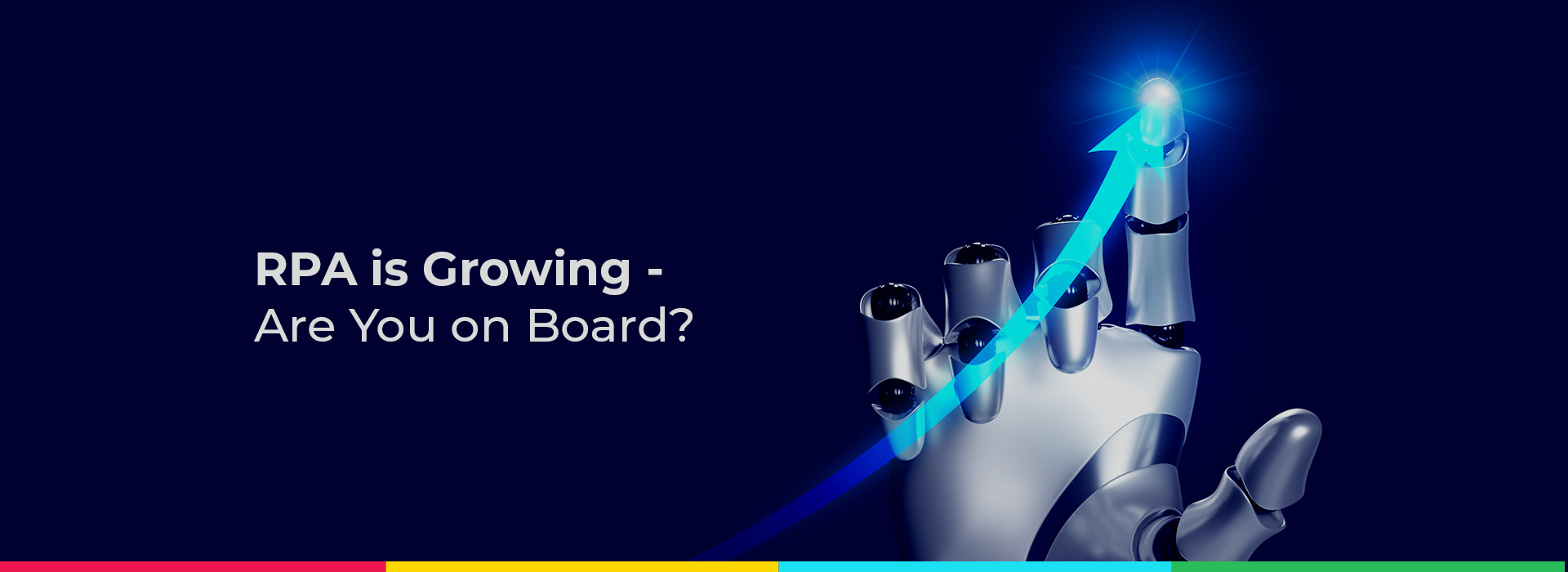
Blog
Mastering End-to-End Automation: Uniting Boomi and RPA for Efficiency and Precision
What kind of ROI can you expect when you unite Boomi and RPA as an end-to-end automation technology solution? Well, the expected return on investment (ROI) from end-to-end automations using Boomi (an integration platform) and RPA (Robotic Process Automation) can vary significantly depending on the organization, the processes being automated, the level of complexity, and the overall efficiency gains achieved through automation.
Boomi and Robotic Process Automation (RPA) are two powerful technologies that, when combined, can provide a significant Return on Investment (ROI) by automating end-to-end processes across different systems and applications.
It is critical to identify the factors to measure and the potential benefits that can contribute to the bottom line when implementing end-to-end automation using Boomi with an RPA solution. This blog will identify some of the criteria you might want to consider when you prepare your ROI calculations. We will then give you some examples of Boomi and RPA working together to provide powerful technological solutions for any industry.
The Strengths of Boomi and RPA
Boomi is a leading integration platform that enables users to connect applications, data, and processes across cloud and on-premises environments. Its drag-and-drop interface and pre-built connectors simplify integration tasks, making it a versatile tool for orchestrating complex workflows. NITCO is a certified professional services provider with Boomi.
RPA involves the use of software bots to automate repetitive tasks, mimicking human actions within digital systems. It is particularly effective for automating rule-based, high-volume tasks across various applications, eliminating the need for manual intervention. NITCO is a partner with multiple Robotic Process Automation platforms.
Criteria Measures for Calculating ROI
-Time and Cost Savings
This is always an easy one to start with and calculate. Automation can reduce the time taken to complete tasks and decrease the need for human intervention, leading to cost savings in labor and operational expenses.
-Increased Efficiencies
Automation can help streamline processes, reduce errors, and improve overall efficiency, resulting in faster and more reliable workflows. The biggest challenge for most organizations is to first optimize their processes before beginning to automate. You should only automate a good process. Both RPA and Boomi bring to the table more accurate data and much faster than can be performed by a person.
-Scalability
Automated processes can be easily scaled to handle larger volumes of work without proportional increases in resources.
-Enhanced Accuracy and Compliance
RPA can ensure consistent adherence to rules and regulations, reducing the risk of errors and compliance-related issues.
-Improved Customer Experience
Faster and error-free processes can lead to a better customer experience, potentially resulting in increased customer satisfaction and loyalty.
-Faster Time-to-Market
Automating certain tasks can speed up product development and deployment cycles, enabling faster time-to-market.
-Resource Reallocation
By automating repetitive tasks, human resources can be redirected to more strategic and value-added activities.
-Better Data Insights
Automation can provide more accurate and timely data, enabling better decision-making and business intelligence.
Use Case Examples for End-to-End Automation
Now that you know how you can measure the results, let’s take a look at some common use cases for end-to-end automations using Boomi and RPA. These are powerful examples of how they can work together to generate the ROI you want and need for your organization.
-
Order-to-Cash Process Automation: Integrating Boomi with RPA, you can automate the entire order-to-cash process, starting from the order placement in the eCommerce platform to invoicing and payment collection. Boomi can handle data integration and validation between your CRM, ERP, and billing systems, while RPA bots can automate repetitive tasks like order entry, invoice generation, and payment reconciliation. This results in faster order processing, reduced errors, and improved cash flow, leading to higher customer satisfaction and increased revenue.
-
Employee Onboarding Automation: By integrating Boomi and RPA, you can streamline the employee onboarding process. Boomi can facilitate the seamless flow of data between HR systems, payroll, and other applications, ensuring that all required information is available for the new hire. RPA bots can then automate tasks such as creating user accounts, provisioning access to software tools, and initiating training modules. This results in a faster and more efficient onboarding process, reducing manual efforts and enabling HR teams to focus on more strategic tasks.
-
Invoice Processing Automation: Automating the invoice processing cycle using Boomi and RPA can have a significant impact on cost savings and efficiency. Boomi can capture invoices from various sources and validate the data against existing records in ERP systems. RPA bots can then automatically route invoices for approval, match them with purchase orders, and update the payment status. This reduces the need for manual intervention, accelerates invoice processing times, minimizes errors, and helps to take advantage of early payment discounts, resulting in cost savings.
-
Customer Support Automation: Integrating Boomi with RPA can enhance customer support operations. Boomi can connect customer data from various systems, including CRM, support ticketing, and knowledge bases, providing a comprehensive view of the customer. RPA bots can assist support agents by automatically generating responses to common queries, performing data lookups, and initiating follow-up actions. This leads to faster response times, improved issue resolution rates, and higher customer satisfaction.
-
Supply Chain Management Automation: Boomi and RPA can work together to streamline supply chain management processes. Boomi can integrate data from suppliers, logistics partners, and inventory systems, optimizing the flow of goods and information. RPA bots can automate repetitive tasks such as order tracking, inventory updates, and shipment notifications, reducing human errors and improving supply chain visibility. This results in reduced lead times, lower inventory holding costs, and better overall supply chain efficiency.
Overall, the combination of Boomi's integration capabilities and RPA's process automation prowess can lead to significant ROI by enhancing operational efficiency, reducing manual labor, minimizing errors, and enabling organizations to focus on strategic initiatives. It's important to note that the actual ROI will vary based on the complexity of the processes being automated and the scale of implementation.
In Summary
To determine the expected ROI accurately for your automations, it's essential to conduct a comprehensive analysis before and again after the implementation of Boomi and RPA. This analysis should consider the initial costs of the automation implementation, ongoing maintenance costs, anticipated efficiency gains, and projected improvements in your defined key performance indicators (KPIs). Organizations may also want to consider the potential intangible benefits, such as increased agility and improved employee morale.
It's advisable to work closely with domain experts, business analysts, and finance professionals to conduct a thorough ROI analysis tailored to the specific needs and context of your organization. We can help you do this.
Trust NITCO Inc with helping you to determine your ROI before starting your end-to-end automation journey. We can show you how to identify different criteria measures for automation and how best to measure your ROI. We can then be your go-to experts with streamlining your Boomi and RPA end-to-end technology solution.




 US Headquarters
US Headquarters India office, Hyderabad
India office, Hyderabad